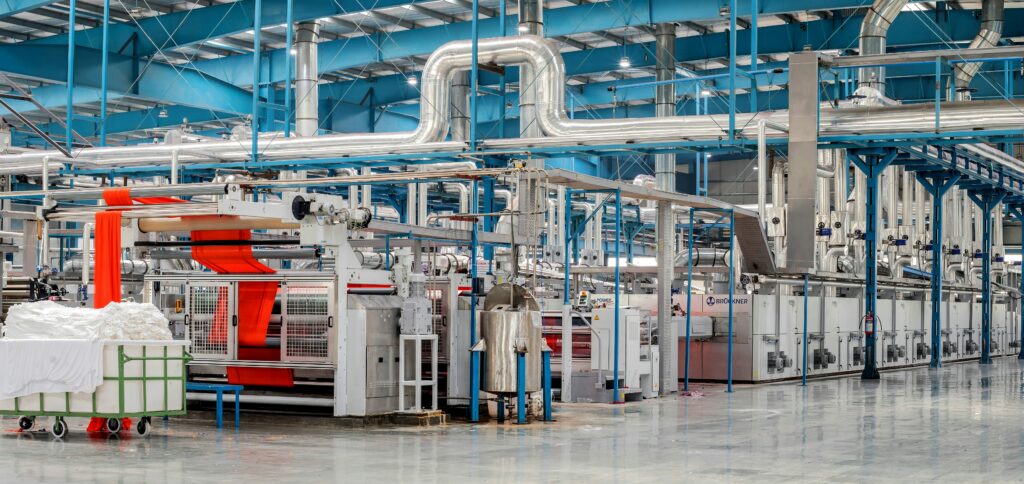This is a guest author post for ERP Today contributed by Massimo Capoccia, EVP for product management at Infor.
Capoccia examines the emergence of what the technology industry is calling ‘composable’ ERP and explains why it represents the future of business applications.
There’s no question that monolithic Enterprise Resource Planning (ERP) is a thing of the past, having made way for modern cloud-based business applications, which can be integrated via Application Programming Interfaces (APIs) and scaled easily and appropriately.
Forming part of this landscape is the concept of composable ERP; it is starting to gain attention as the next stage in the evolution of business applications.
So what is composable ERP… and how is it changing the face of business software?
Breaking our rigid legacy past
Against a backdrop of modern ERP, where different applications are (often) loosely coupled to deliver (what is hoped to be) a seamless set of end-to-end processes, composable ERP is precisely what it says on the tin i.e. it is a means of composing a solution and a process to leverage a suite of applications, or smaller application components.
To put it another way, it involves re-architecting a solution in a composable fashion and is a far cry from the rigid, legacy systems with which ERP was once synonymous.
It works by leveraging a common platform, with a complementary data lake, to standardize and contextualize the multitude of data types. In our case if I may, this takes the form of Infor Operating Service (OS), which essentially glues everything together within one integrated solution.
Microservices architecture
Central to the concept here is the use of microservices to add last-mile functionality to the core platform.
With a microservices architecture, applications are built as individual components each running as a service. These services perform a single function but are integrated via interfaces based on lightweight APIs to support business processes and capabilities.
Because they are run independently, each service can be adjusted and updated, deployed to fit the need for specific functions and scaled both up and down as appropriate.
From car showrooms to software
While microservices is a relatively new term, the automotive industry has been promoting this type of model for many years. Often, car manufacturers’ models share a platform, or chassis, with varying finishes and branding forming the finished product.
Early examples include the Volkswagen Sharan, which shared a platform with the Seat Alhambra and Ford Galaxy. Marketed to different demographics, with different price points, drivers wouldn’t necessarily have known how much of the car was common to other models, because the value attached to the finish and branding was so pertinent.
Composable ERP provides an unprecedented opportunity to create immense, tailored value for users in a similar vein.
Our organization applies this methodology in a technology known as CloudSuites by facilitating the ability to compose, recompose and decompose according to demand and requirements to scale. Using a microservices architecture, we aim to represent a consistent platform, with last-mile functionality to deliver micro-vertical, industry-specific functionality and scale proportionately.
Supercharging potential
Underpinned by the cloud and APIs, digital advancements have been the core enablers of the new breed of composable ERP we’re seeing dominate this evolution. Artificial Intelligence (AI) is adding a new dimension. It supercharges the scope of the composability by finding and predicting anomalies and identifying what can be improved within individual services, which form part of the architecture.
While there is an element of risk in managing a large number of microservices, working with a trusted partner, supported by a cloud provider such as Amazon Web Services (AWS), ensures rigor, scale and performance.
Future ERP
Accelerated by the pandemic, traditional, monolithic ERP has become something of a relic. Businesses simply can’t take the risk of investing in a legacy system, which will require regular upgrades and typically become out of step with their needs, consuming unsustainable resources and budgets.
We have undergone our own evolution in this regard by moving from hosting on-premises ERP solutions in the cloud, to making them single-tenant Software-as-a-Service (SaaS) offerings and now, multi-tenant SaaS.
As a reminder here (although many readers will know this) in multi-tenant cloud environments, a software instance is shared among multiple customers.
While the core code is, in many cases the same, the scope for composability is far greater in multi-tenant cloud environments and therefore enables better performance and scalability.
There is no doubt that cloud ERP is the future, but the type of cloud architecture is crucial. To be scalable, truly industry-specific and flexible enough to support fluctuating markets, composability is crucial. The rigid ERP relics of the past are no more, with microservices and composable ERP a mainstay of the future of business software.





